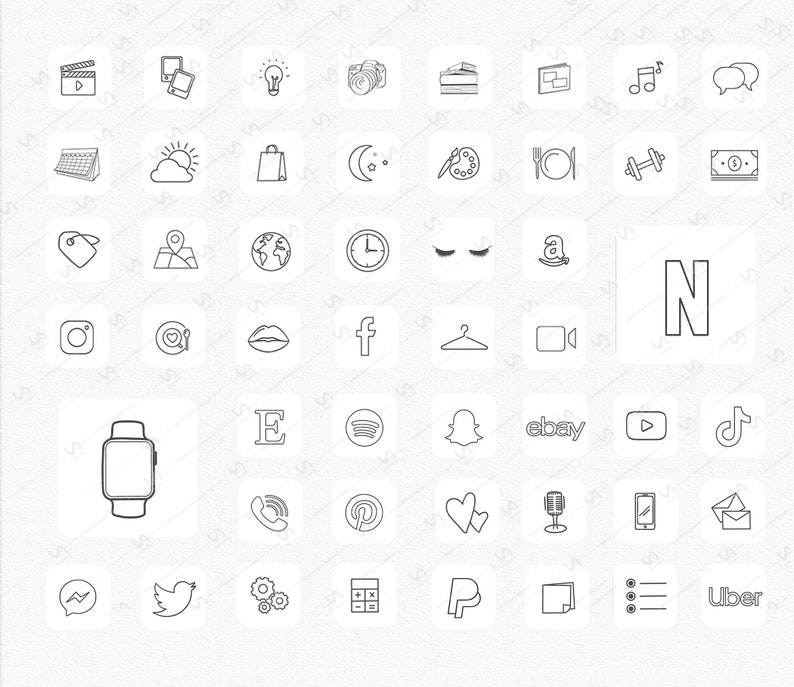


Īlso in Android 13, text and language improvements have been made to enable a more polished experience, with features such as faster hyphenation, improved line heights for non-latin scripts, and improved text wrapping for Japanese. For apps to the support this capability, developers need to supply a monochromatic app icon and a tweak to the adaptive icon XML. Source code for Android 13 was pushed to the Android Open Source Project on August 15.Īndroid 13 extends Material You dynamic color to all app icons, giving users the ability to opt into icons that inherit the tint of their wallpaper and other theme preferences. The release also brings new privacy and security capabilities. If you do use a clean white background, do it because it is meaningful to your product and give it the care and attention it deserves to be great.Android 13, the latest version of Google’s popular mobile OS, has arrived, with new features for developers such as themed app icons, per-app language preferences, and better text support. Always make decisions based on maximum impact and not superficial aesthetics, what ‘others have done’ or because it is easy. So to sum up by all means, make white app icons, but when you do - think about how your design choices can either boost or hurt your uniqueness and therefore your connection to the user.

There’s something about the lack of color that invites designers to not care or to not take into account the entirety of the canvas or the grid. This isn’t necessarily pointed towards white app icons, but I’ve found that white app icons in particular is a great offender when it comes to mediocrity. While trends may change, the craft of making something that scales, communicates and looks great remains the same. In fact, as most icon designers know, making something minimalistic work well within the constraints often takes a lot more effort. Just because something looks simple, doesn’t mean that making it is simple. Where everybody with a copy of photoshop and 10 minutes to spare can create something that could pass as an app icon. On the other hand, it has also opened up the floodgates of mediocre icon design. On one hand, it has made design a lot more accessible as it doesn’t require intrinsic knowledge of texture and lighting to create a stunning and platform-acceptable icon. Many things can be said about the simplified, print-style design prevailing in app icons. Josh Puckett’s scary take on a future Instagram Icon. By choosing white as the majority color of your app icon, you’re choosing to put fewer colors on your canvas and therefore potentially limiting the amount of pixels in which you can be unique. By making your icon look too similar to other icons, you’re essentially worsening the connection you have with your user. A lack of variety in icon design hurts users ability to navigate and blurs the mental image of your product. It’s not entirely surprising then, that when a trend sweeps the landscape every similarly looking icon suffers in the uniqueness department. Your icon is your greatest tool in shaping an image of your product in your users minds. A big part of the success criteria for an app icon is therefore to stand out and clearly communicate what that product is about. VarietyĪn icon embodies a product it’s what users see each time they interact with that product. Heck, I’ve made white app icons and I love them when they’re well executed.

However, behind this cleaning up and simplifying lies an interesting development in app icon design: The desire to introduce whitespace onto the canvas. The overall shift in UI design thinking is well documented and debated and frankly not all that interesting for this rant.


 0 kommentar(er)
0 kommentar(er)
